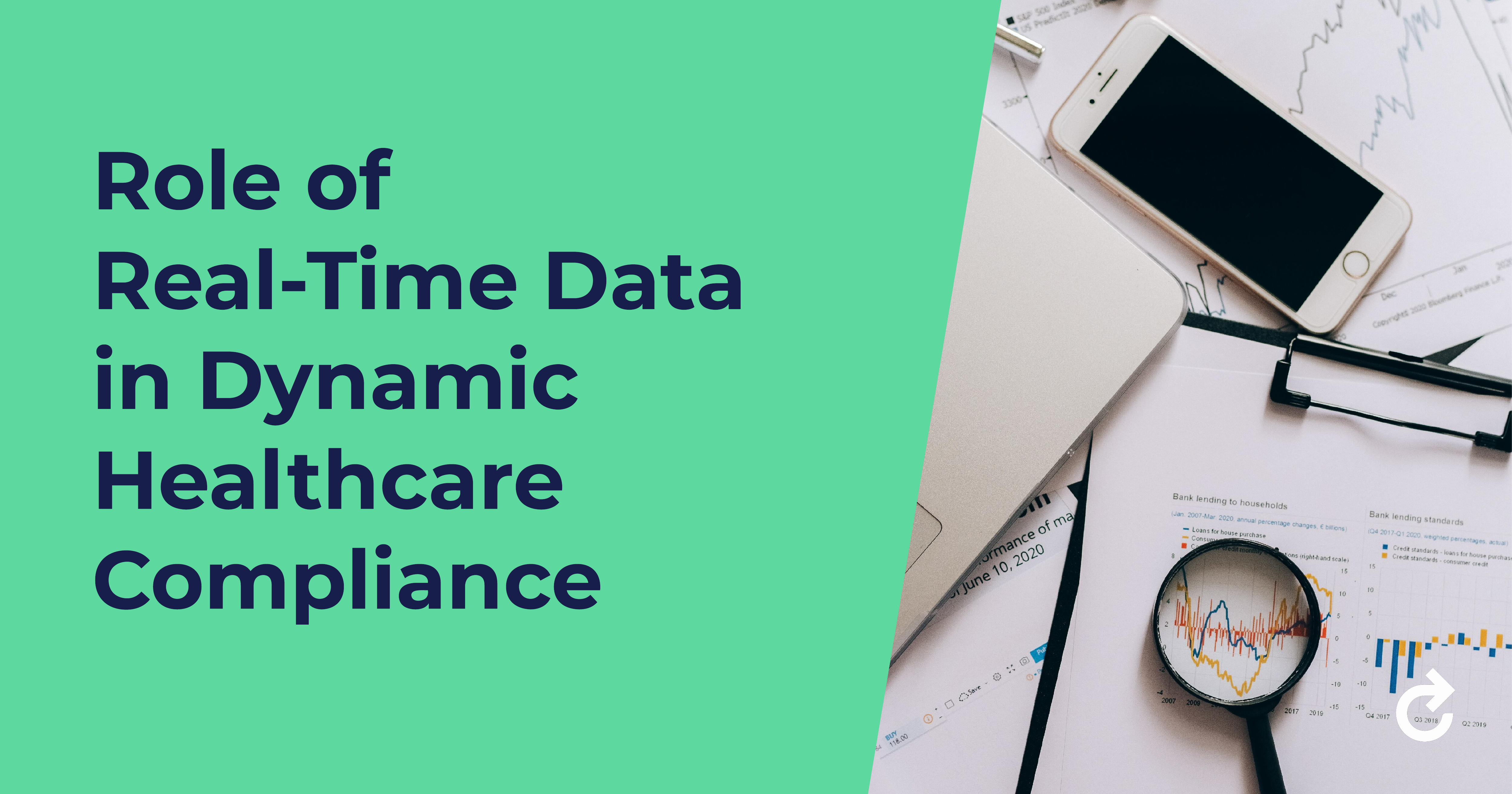In today's intricate healthcare landscape, real-time data has emerged as a pivotal component, driving adaptability and proactive decision-making. As healthcare environments evolve, dynamic healthcare compliance ensures that organizations remain agile and informed. This article delves into the transformative role of real-time data in fortifying dynamic healthcare compliance.

The Essence of Dynamic Healthcare Compliance
Dynamic healthcare compliance represents the modern approach to healthcare regulations, emphasizing adaptability and real-time responsiveness. Unlike traditional compliance models, which might be reactive, the dynamic model thrives on immediacy and flexibility.
- Significance: In an era of on-demand healthcare services and evolving patient needs, dynamic compliance ensures that organizations are always a step ahead, prepared to address emerging challenges.
- Real-Time Data: The backbone of dynamic compliance, real-time data offers evidence-based insights, enabling healthcare entities to make informed decisions promptly.
Real-Time Data: The Game Changer
The influx of real-time data in healthcare has revolutionized the way organizations approach compliance:
- Sources: Wearable devices, Electronic Health Records (EHRs), and patient monitoring tools continuously generate data that can be harnessed for compliance.
- Impact: With access to real-time data, healthcare providers can ensure patient safety, optimize care delivery, and remain compliant with ever-evolving regulations.
Challenges and Opportunities
While real-time data offers numerous benefits, it also presents certain challenges:
- Data Security: With the increasing volume of data, ensuring its security becomes paramount. Organizations must safeguard against potential breaches and unauthorized access.
- Predictive Analysis: Leveraging real-time data for predictive analytics can help organizations anticipate potential compliance issues and address them proactively.
- Balancing Accessibility and Privacy: While data accessibility is crucial for dynamic compliance, respecting patient privacy and adhering to data protection regulations is equally important.
Tools and Strategies for Effective Dynamic Compliance
Harnessing real-time data effectively requires the right tools and strategies:
- Software Solutions: Advanced software solutions support real-time data integration, offering insights that can guide compliance efforts.
- Continuous Monitoring: With tools that provide real-time insights, organizations can continuously monitor their compliance status, ensuring they remain aligned with regulations.
- Training and Education: Ensuring healthcare teams are well-versed in real-time data is crucial for effective dynamic compliance.
Real-Time Data in Global Healthcare Compliance
Different healthcare systems worldwide have recognized the value of real-time data:
- Global Standards: Organizations like the World Health Organization emphasize the importance of data-driven decision-making in healthcare compliance.
- International Models: Countries with advanced healthcare systems have successfully integrated real-time data into their compliance models, offering lessons in efficiency and adaptability.
Looking Ahead: The Future of Dynamic Healthcare Compliance
As the healthcare sector continues to evolve, so will the role of real-time data in dynamic compliance:
- Artificial Intelligence: AI-driven tools can analyze vast data, offering predictive insights to shape future compliance strategies.
- Evolving Practices: As healthcare practices become, dynamic compliance will remain at the forefront, ensuring organizations can adapt to changing scenarios.
Dynamic healthcare compliance is more than just a modern approach to regulations; it's the future of healthcare. With real-time data integration, healthcare organizations are better positioned to navigate the complexities of the modern world, ensuring patient safety and the highest standards of care.
